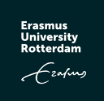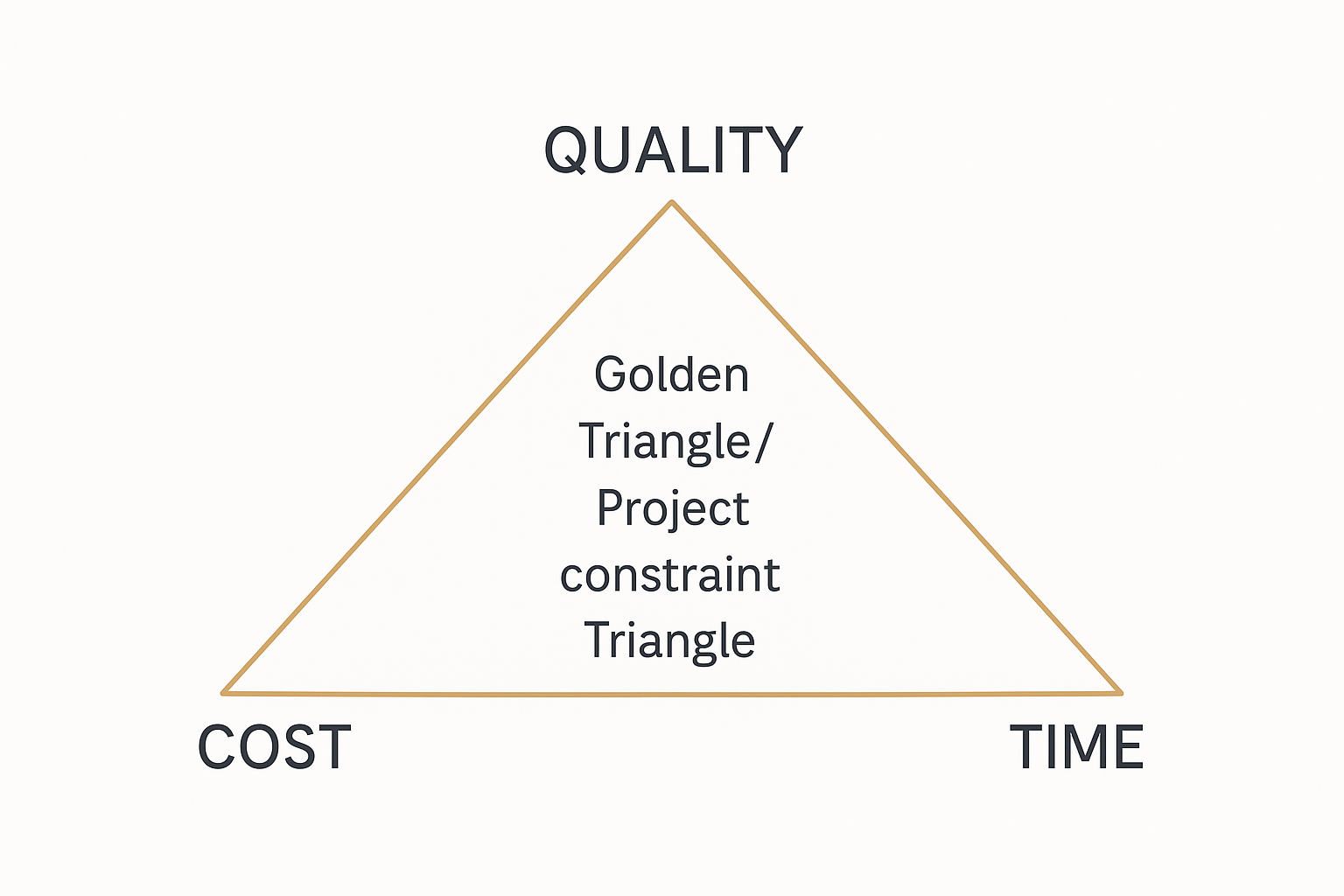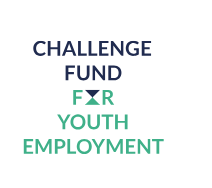FINANCIAL HEALTH AND RESILIENCE BY (RE-)DESIGN
—“I like it. This is very fresh, innovative, strategic – instead of ad hoc - and sustainable!”
Alonso Ayala, Head of the Academic Department Urban Social-Spatial Development at the Institute for Housing and Urban Development Studies (IHS), Erasmus University.
 .
. 
“Along the way, Tikvah advised and equipped me how to simplify the course, by doing less actually, so that participants learn more – and it actually set free significant new budget.”
 .
. 
Charmae Pyl Wissink-Nercua (she/her)
Specialist in Urban Land, Housing Development and Capacity Building
Course Manager, Sustainable Urban Development (SUD), Institute for Housing and Urban Development Studies (IHS), Erasmus University.
Are you curious for more? Would you like to get in touch? Feel free to contact our lead directly for any questions or inquiries you may have. tikvah@studioblended.com +31 6 42 47 29 69
EDITORIAL: SETTING THE SCENE
© 2026 STUDIOBLENDED https://www.studioblended.com/Financial-HealthThis page is underway. Would you like to already exchange about it? Feel free to contact us directly:
Tikvah Breimer (MSc MAEd MSc)
tikvah@studioblended.com +31 6 42 47 29 69
Where does this design angle come in?
The financial health and resilience comes in in the early (re)design stages of a course, training or (master)degree.
A good way to scope the financial health and resilience of your curriculum is with a Design Studio.
Below we offer two sections, one for higher education and one for capacity development trainings.
FINANCIAL HEALTH AND RESILIENCE

Figure: Your golden triangle or so-called project constraint triangle - quality, cost and time investment. After Project Management for Development Professionals (PMDPro4), 2017, p. 15. Image created with AI.
KEY PROJECTS
Update follows soon (2025).CAPACITY DEVELOPMENT TRAININGS
In 2014, our independent senior advisor and teacher trainer (then staffmember) was involved in the financial design and negoations of global pilots of in-country capacity development trainings [size €250.000] in Africa and Latin America at the Institute for Housing and Urban Development Studies (IHS) of Erasmus University Rotterdam.
The content topic was Land Value Capture (LVC), and the client was UN-Habitat. The financial design was done in close collaboration with the head of finance of the financial department of IHS.
Later, in 2020, our independent senior advisor and teacher trainer, was involved in the financial design and negotations [size €800.000] of global youth emploment trainings in Africa and the Middle East under a Global Youth Employment Program of the Ministry of Foreign Affairs the Netherlands. The financial design was done in close collaboration with the head of finance of the financial department of VSO/CFYE.
 .
. 

OUR FINITE SET OF DESIGN ANGLES
Technical resilienceBig ideas
Paradigm shifts/decade strong
Simplicity and decluttering
Human resilience
Modular
Innovative and deep pedagogy
Assesment / evaluation
Time dimension
Evidence-based design
Financial health and resilience by (re)design
Multi- Inter- and transdisciplinary
Flexibilisation and personalisation
Blended
REFERENCES
FNV 2025, ‘Stop de sloop van het Hoger Onderwijs’, December 9, 2025. Available: https://www.fnv.nl/cao-sector/overheid/onderwijs-onderzoek/kabinet-sloopt-hoger-onderwijs#/ (accessed December 10, 2025)Nature 2025, The future of universities. September 24, 2025. Available: https://www.nature.com/immersive/d41586-025-03086-5/index.html (Accessed December 10, 2025).
Resilient education that stands the test of time - by design.
Prefer to have direct contact?
Feel free to contact us:
Tikvah Breimer (MSc MAEd MSc)
Independent senior advisor, teacher trainer, director.
tikvah@studioblended.com
+31 6 42 47 29 69
STUDIOBLENDED Non Profit Foundation
Registration Chamber of Commerce
KvK-number 86242598 (Dutch)
VAT identification number
NL 86 39 07 29 5 B01
Bankaccount
NL40 INGB 0709 6156 04
SWIFT/BIC: INGBNL2A
StudioBlended Foundation
Feel free to contact us:
Tikvah Breimer (MSc MAEd MSc)
Independent senior advisor, teacher trainer, director.
tikvah@studioblended.com
+31 6 42 47 29 69
STUDIOBLENDED Non Profit Foundation
Registration Chamber of Commerce
KvK-number 86242598 (Dutch)
VAT identification number
NL 86 39 07 29 5 B01
Bankaccount
NL40 INGB 0709 6156 04
SWIFT/BIC: INGBNL2A
StudioBlended Foundation
